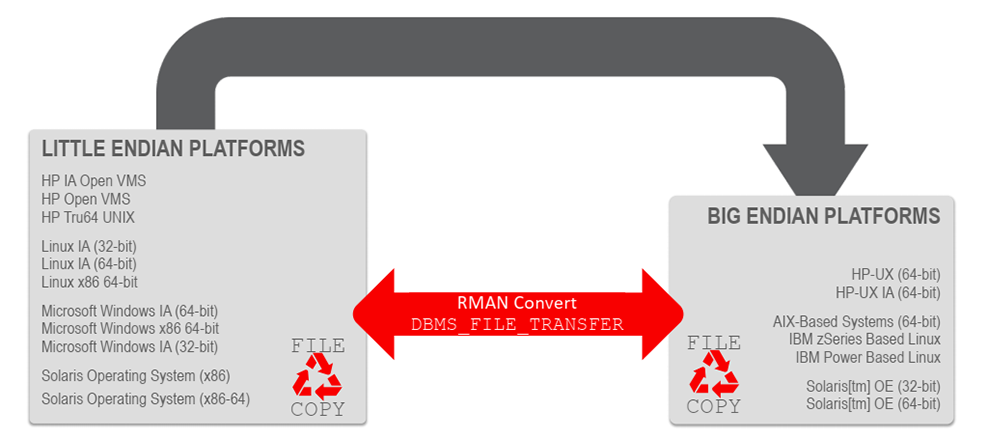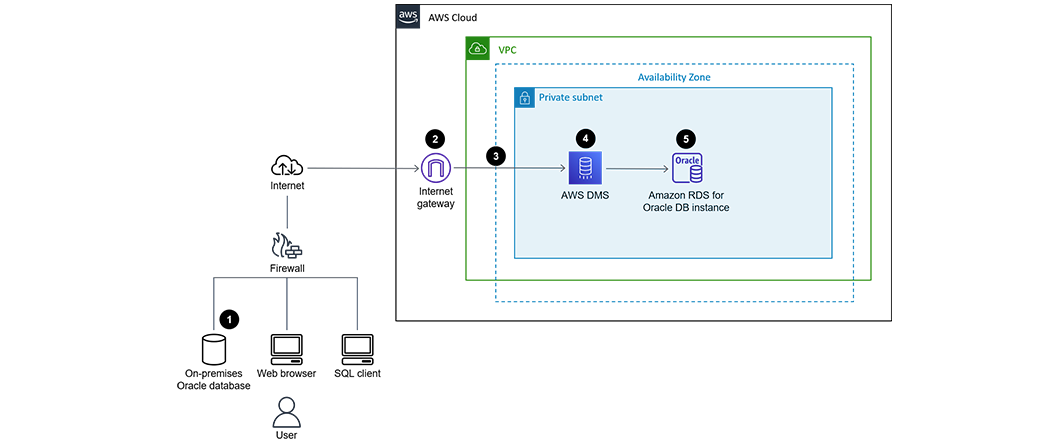Migrating Oracle to AWS
As organizations continue to embrace the cloud, many are facing the challenge of migrating their complex Oracle workloads to AWS. While the cloud offers numerous benefits, such as increased agility and cost savings, migrating complex Oracle databases can be a complex and time-consuming process. However, with proper planning and execution, organizations can successfully migrate their Oracle workloads to AWS and reap the benefits of cloud computing.
AWS provides a comprehensive set of services that allow organizations to migrate their Oracle databases with ease. It also offers tools such as Database Migration Service (DMS) which helps in automating the migration process. In addition, AWS provides a wide range of services like Amazon Relational Database Service (RDS) which can be used to host Oracle databases in the cloud.
When it comes to moving Oracle workloads, AWS delivers a wealth of resources, including documentation, tools, and a partner eco system. However, the vast majority of the available resources focus on oversimplified use cases rather than the complicated real-time situations that users would really encounter. Based on our extensive experience, we at Digitalstates would like to share some of the best practices and lessons learned about the transfer of Oracle Database and E-Business Suite workloads to Amazon Web Services (AWS).
Migration Challenges and Considerations
Let’s start by listing what can be the scenarios one can face while migrating to AWS.
OS and Hardware Architecture Change
- Moving to different OS e.g. Solaris to Linux
- RAC or Virtualized environments
Oracle Database Upgrades
- Expired support on older versions cost prohibitive
- Need new features/functionality in newer versions
Oracle Application Upgrades
- Upgrading the application to a newer version
Customer’s concerns
- Shorten business downtime as much as possible
- Minimize risk during DB migration
- Upfront understanding of risks
Cloud Migration Teams Challenges
- Lack of knowledge in system replacement projects
- Limited time to examine DB Migration procedure
- Achieving required business downtime
- Identify the best method of DB Migration
Some approaches to migration are only valid if certain properties of the original (on-premises) and destination databases are same or compatible. Even if more than one migration strategy is technically possible, it may still come down to non-technical considerations.
When deciding on a migration strategy, it’s important to think about the following features and factors:
- Source and target database versions
- Source platform and operating system
- Source database character set
- Quantity of data, including indexes
- Methods available for data transportation
- Database features and data types used
- Storage for data staging
- Acceptable length of system outage
- Network bandwidth
Migration Strategies, Tools & Options
There are several methods to migrate Oracle databases to AWS and several considerations, like as the version, character set, and platform endian format of the source and target databases, determine which of these strategies applies to a specific migration scenario.

We are listing some of the common migration strategies and tools:
- Export/Import or Data Pump
- Conventional RMAN Backup and Recovery
- Database upgrade wizard
- Transportable Tablespaces
- Full Transportable Export/Import
- Data Guard
- Incremental Backups
- Oracle GoldenGate
- Shareplex
- Streams
- AWS Database Migration Service (AWS DMS)

When choosing where to deploy Oracle database workload in AWS there are two main options:
- Amazon EC2 Instances
- Amazon RDS
- VMware Cloud on AWS
Best Practices for Migrations
Without going into too much detail let’s try to list some of the best practices to follow when it comes to migrating complex Oracle database workloads and Apps.
Follow a proven approach
AWS provides great details of guide lines when it comes to adoption or migration to cloud and one such tool is the Migration Acceleration Program (MAP for Short). his program provides organizations with access to AWS experts who can assist with the planning and execution of their migration, as well as access to tools and services that can help streamline the process.
Assessment Assessment Assessment
There have been far too many failures to learn our lesson about the need of doing a thorough evaluation; many client teams have assumed they had a firm grasp of their system’s environment, dependencies, integrations, and business requirements.
Assessment which includes detailed discovery of current infrastructure provides valuable insights into :
- List of BareMetal Servers
- List of Virtual Servers
- Type of OS
- Type of Hardware
- OS versions and Patches
- Oracle versions and Patches
- Server utilization and load profile
- Dependencies of business applications
- Dependencies of databases
- Understanding of downtime requirements during migration
- Understanding of service availability requirements
- AS-IS architectures of the current deployments
- Current team structure
- Oracle skillset of customers team
- Cloud architecture knowledge of the team
- Cloud automation knowledge of the customers team
- Documented process flows and runbooks
This allow us to determine :
- TCO in the cloud
- Right migration methodology
- Right deployment methodology e.g. EC2 or RDS etc.
- Right team structure and skillset
- Automation planning
- Timelines and phases
- Risks
DBA’s
In order to successfully migrate Oracle workloads, you will want the assistance of knowledgeable DBAs who are well-versed in utilizing RMAN and other best practices, such as deploying DB and OS level fixes.
Automation & Runbooks
Infrastructure, configuration, monitoring and data migration automation plays critical role in complex and large scale Oracle migrations. We recommend to create environments using automation ( Cloud Formation Templates , Terraform, Ansible, Scripting ) . Also it is specifically more important to perform continues monitoring of server performance and data migration status. The runbooks are also essential from validating server build to performing cutover tasks.
There are also many other important factors to consider when provisioning or migrating Oracle workloads to AWS including :
- Designing architecture for failure using high availability guidelines
- Isolate nodes based upon role e.g. App, DB
- Implement horizontal scaling
- Build security in every layer along with data encryption and firewalls
- Design efficient and reliable backup strategy using S3
- Ensure high speed connectivity between On-Prem and AWS
- Use right IOPS options for each level
Conclusion
Migrating complex Oracle workloads to AWS can be a complex and time-consuming process, but with proper planning and execution, organizations can successfully migrate their Oracle workloads to the cloud and reap the benefits of cloud computing. By understanding the architecture of your Oracle databases and applications, securing sensitive data, implementing proper networking and data management practices, and ensuring optimal performance, organizations can ensure a successful migration to AWS.


